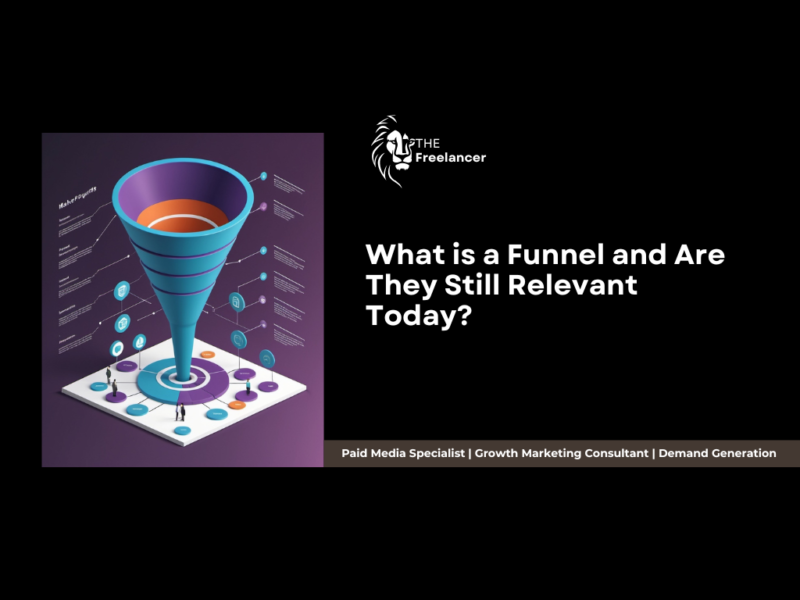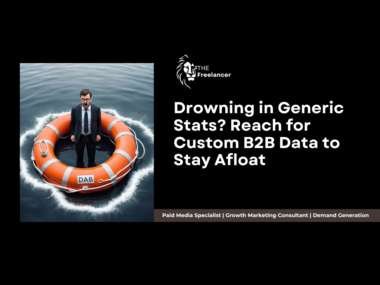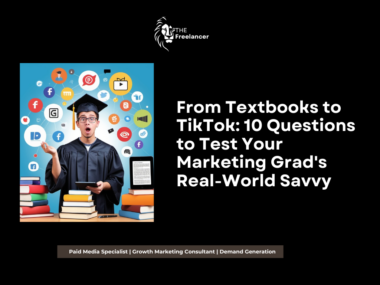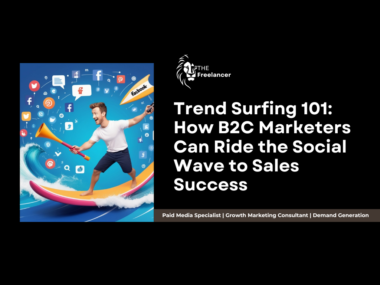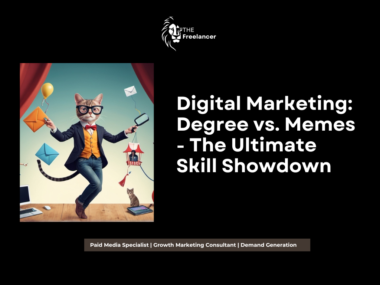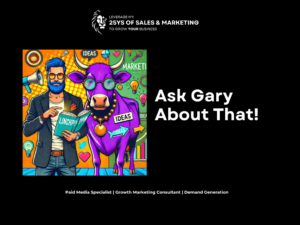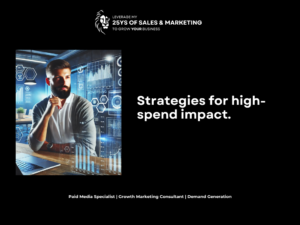In the dynamic world of digital marketing, the concept of a marketing funnel has been a cornerstone for decades. However, with the rapid evolution of technology and changing consumer behaviours, many B2B companies with long sales cycles are questioning whether funnels are still relevant in 2024. This article delves into the essence of marketing funnels, their relevance today, and what B2B companies should consider in funnel design to stay ahead.
Understanding the Marketing Funnel
The Basics of a Marketing Funnel
A marketing funnel is a model that represents the journey a potential customer takes from the first interaction with a brand to becoming a loyal customer. Traditionally, the funnel is divided into several stages:
1. Awareness: The potential customer becomes aware of the product or service.
2. Interest: The potential customer shows interest and seeks more information.
3. Consideration: The potential customer evaluates the product or service against competitors.
4. Intent: The potential customer shows a clear intention to purchase.
5. Purchase: The transaction is completed.
6. Loyalty: The customer returns for repeat purchases and may become an advocate.
Evolution of the Funnel
Over the past five years, the marketing funnel has evolved significantly. The linear path has become more complex, with potential customers moving back and forth between stages, influenced by multiple touch points, including social media, reviews, and peer recommendations. The rise of digital channels has also introduced new stages and interactions that were previously non-existent.
Are Funnels Still Relevant in 2024?
The Case for Funnels
Despite the changes, funnels remain a relevant and powerful tool for B2B companies. They provide a structured approach to understanding and managing the customer journey, which is crucial for businesses with long sales cycles. Funnels help in identifying bottlenecks, optimising conversion rates at each stage, and aligning marketing and sales efforts.
The Case Against Traditional Funnels
However, the traditional funnel model has its limitations. It often fails to capture the non-linear and multi-channel nature of modern customer journeys. Potential customers may enter the funnel at different stages, influenced by various factors such as content marketing, social media interactions, and peer reviews. Therefore, while the concept of a funnel is still relevant, its design and implementation need to be more flexible and adaptive.
Key Considerations for Funnel Design in 2024
1. Embrace Non-Linear Journeys
B2B companies should design funnels that accommodate non-linear customer journeys. This involves mapping out multiple touch points and understanding how potential customers move between stages. Tools like customer journey mapping and analytics can provide insights into these patterns.
2. Personalisation at Scale
In 2024, personalisation is not just a nice-to-have; it’s a necessity. B2B companies should leverage data and AI to deliver personalised experiences at each stage of the funnel. This includes personalised content, targeted ads, and tailored follow-up communications.
3. Integration of Sales and Marketing
For B2B companies with long sales cycles, the integration of sales and marketing is crucial. This means aligning goals, sharing data, and collaborating on strategies. A well-integrated approach ensures a seamless experience for potential customers and increases the chances of conversion.
4. Focus on Content Marketing
Content remains king in 2024. B2B companies should invest in creating high-quality, relevant content that addresses the needs and pain points of their target audience. This content should be strategically placed at different stages of the funnel to guide potential customers through their journey.
5. Leveraging Technology
The use of technology, such as marketing automation, CRM systems, and AI, can significantly enhance funnel performance. These tools can help in tracking customer interactions, scoring leads, and automating follow-ups, ensuring that no potential customer falls through the cracks.
6. Continuous Testing and Optimisation
The digital landscape is constantly evolving, and so should your funnel. Continuous testing and optimisation are essential to keep your funnel effective. This involves A/B testing, analysing performance metrics, and making data-driven adjustments.
Changes in Funnel Design Over the Past Five Years
Increased Complexity
The customer journey has become more complex with the proliferation of digital channels. Potential customers now interact with brands through multiple touch points, including social media, email, webinars, and virtual events. This complexity requires a more sophisticated approach to funnel design.
Rise of Account-Based Marketing (ABM)
Account-Based Marketing (ABM) has gained traction in the B2B space. Unlike traditional marketing funnels that focus on individual leads, ABM targets specific accounts with personalised campaigns. This shift has led to the creation of more targeted and efficient funnels.
Greater Emphasis on Customer Experience
Customer experience has become a critical factor in funnel design. B2B companies are now focusing on providing a seamless and engaging experience at every stage of the funnel. This includes optimising websites for user experience, providing valuable content, and ensuring responsive customer support.
Integration of AI and Machine Learning
AI and machine learning have revolutionised funnel design. These technologies enable B2B companies to analyse vast amounts of data, predict customer behaviour, and deliver personalised experiences at scale. AI-powered chatbots, for example, can engage potential customers and guide them through the funnel.
Where Changes Within the Design Will Have the Most Impact
Top of the Funnel (TOFU)
The top of the funnel is where potential customers first interact with your brand. Changes in this stage can have a significant impact on the overall funnel performance. Strategies such as SEO, content marketing, and social media marketing can drive more traffic and increase brand awareness.
Middle of the Funnel (MOFU)
The middle of the funnel is where potential customers evaluate your product or service. Providing valuable content, such as case studies, whitepapers, and webinars, can help in building trust and moving potential customers closer to conversion. Personalisation and targeted follow-ups are also crucial at this stage.
Bottom of the Funnel (BOFU)
The bottom of the funnel is where potential customers make the purchase decision. Optimising this stage involves providing clear and compelling calls-to-action, offering incentives, and ensuring a smooth checkout process. Post-purchase follow-ups and customer support can also enhance customer satisfaction and loyalty.
Case Studies
Case Study 1: HubSpot
HubSpot, a leader in inbound marketing and sales software, has implemented a sophisticated funnel design that has significantly contributed to their success in the B2B space.
Funnel Design Specifics:
- Top of the Funnel (TOFU): HubSpot heavily invests in content marketing, producing a vast array of blog posts, ebooks, and webinars.They use SEO optimisation to ensure their content ranks highly for relevant keywords.Their blog covers a wide range of topics, from basic marketing concepts to advanced strategies, catering to different levels of expertise.
- Middle of the Funnel (MOFU): HubSpot employs lead scoring to qualify prospects based on their interactions with content and website.They use marketing automation to nurture leads with personalised email campaigns.Their CRM integration allows for seamless handoff between marketing and sales teams.
- Bottom of the Funnel (BOFU): HubSpot offers free tools and trials to encourage product adoption.They use targeted case studies and product demos to address specific pain points of potential customers.Their sales team uses data-driven insights to personalise their approach to each prospect.
Innovative Elements:
- Flywheel Model: HubSpot has adapted their funnel into a “flywheel” model, emphasising the cyclical nature of the customer journey and the importance of customer delight in driving growth.
- Academy and Certifications: HubSpot offers free online courses and certifications, which not only educate potential customers but also create brand advocates.
- Integration Ecosystem: By building a robust marketplace of integrations, HubSpot ensures their platform becomes central to a company’s tech stack, increasing retention.
Results:
HubSpot’s approach has led to consistent year-over-year growth. In 2023, they reported a 25% increase in total revenue and a 24% increase in total customers compared to the previous year.
Case Study 2: Salesforce
Salesforce, a global leader in CRM solutions, has adopted an Account-Based Marketing (ABM) approach to funnel design, which has revolutionised their B2B marketing strategy.
Funnel Design Specifics:
- Identification and Targeting: Salesforce uses AI-powered predictive analytics to identify high-value accounts.They create detailed ideal customer profiles (ICPs) based on firmographics, technographics, and behavioural data.
- Engagement: Salesforce employs omnichannel marketing, including personalised content, targeted ads, and direct mail campaigns.They use intent data to tailor their messaging to each account’s current needs and stage in the buying process.
- Nurturing: Salesforce creates account-specific microsites with customised content and offers.They use marketing automation to deliver a series of touch points across multiple channels.
- Conversion: Salesforce’s sales team uses account-specific insights to personalise their outreach and demos.They employ a “land and expand” strategy, focusing on initial adoption within a department before expanding across the organisation.
Innovative Elements:
- AI-Driven Personalisation: Salesforce uses Einstein AI to analyse customer data and predict the next best action for each account.
- Trailhead Learning Platform: Similar to HubSpot’s Academy, Trailhead offers free, gamified learning experiences that educate potential customers and create brand loyalty.
- Dreamforce Event: This annual conference serves as a major touchpoint in their funnel, bringing together customers, prospects, and partners for networking and education.
Results:
Salesforce’s ABM approach has led to significant improvements in their B2B marketing effectiveness. They reported a 30% increase in deal size and a 25% reduction in sales cycle length for accounts targeted with their ABM strategy.
These case studies demonstrate how leading B2B companies are adapting their funnel designs to meet the challenges of long sales cycles and complex decision-making processes. Both HubSpot and Salesforce have moved beyond traditional linear funnels to create more dynamic, personalised customer journeys that reflect the realities of modern B2B buying processes.
Conclusion
In conclusion, marketing funnels are still relevant in 2024, but their design and implementation need to evolve to keep up with changing consumer behaviours and technological advancements. B2B companies with long sales cycles should focus on embracing non-linear journeys, personalisation, integration of sales and marketing, content marketing, leveraging technology, and continuous testing and optimisation. By doing so, they can create effective funnels that drive conversions and achieve business goals.
The digital landscape will continue to evolve, and so should your funnel. Stay agile, stay informed, and keep optimising. The future of marketing funnels is bright, and the opportunities are endless.
